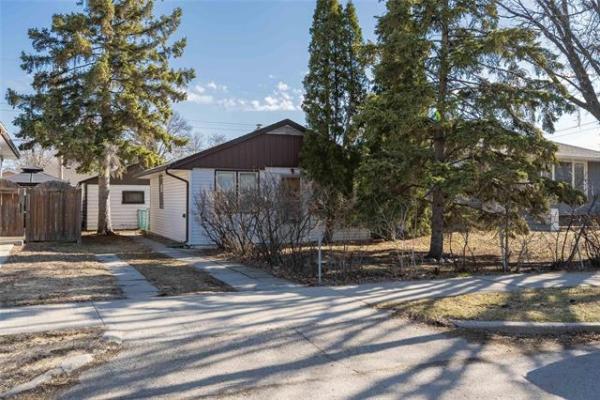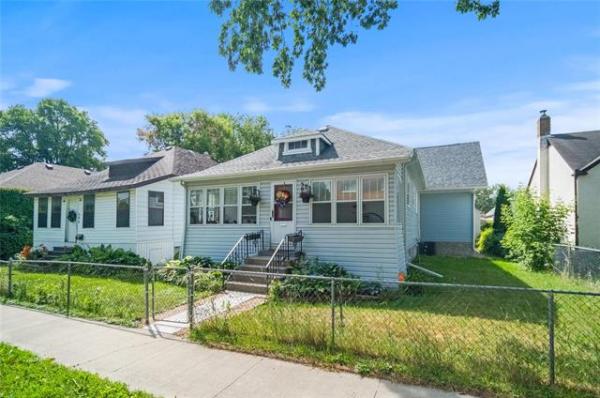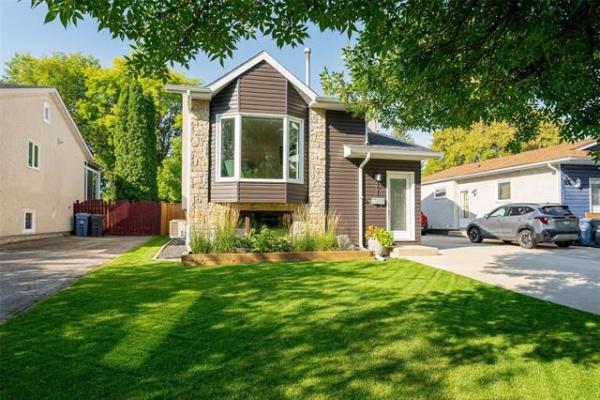Question: I enjoyed reading your previous article about basement mould, as it was a very timely read. I am in the process of finishing my basement. It is a newer home that I am building an hour south of Winnipeg in sand and gravel soil. It has a walk-out basement, meaning only three foundation walls are cement and the other is wood. The basement was poured 10 years ago, with eight-inch cement walls, and I have yet to find a crack, probably due to the soil conditions that do not shift like Red River gumbo.
Knowing I would not be finishing the basement for quite some time and wanting to conserve energy, I wrapped the whole house on the outside with 1.5-inch blue Styrofoam insulation for an R7.5 value and triple-pane windows. Moisture is controlled by an HRV system. I have never had any frost buildup in the basement. The main floor was insulated inside with R20 batts, 6MIL poly and black acoustic seal, to achieve R27.5 in the walls. I would like to have the same R-value in the basement.
Since I have wrapped the house in this way, do I still need to blow foam into the rim joist cavity created between the floor joists? I am also looking for any advice when floating the stud wall away from the cement to accommodate the R20 batt insulation? The walk out basement wall is of 2X6 construction and will be R20 on the inside.
Looking forward to your response. I thank you in advance, George Beaudry.
Answer: There are many different opinions on the best way to insulate exterior walls, and foundation walls, on a home in our climate. The traditional method of batt insulation on the interior covered by a thick polyethylene air/vapour barrier is still the standard, but may not be the best method to prevent condensation and moisture issues. Your method may be somewhat superior, and I will answer your question while explaining some newer theories about why the exterior insulation method should work.
Innovative home builders have been looking for a better way to insulate our homes for several decades to prevent common condensation, moisture, and mould issues that can occur in our wall assemblies. Because warm, moist air is contained within the living space, it must be prevented from entering the cooler wall cavity to prevent condensation. For this purpose, the use of traditional 6MIL polyethylene sheathing, combined with plastic tape, acoustical sealant and drywall sheathing can be effective if several factors are properly addressed. Firstly, the thermal insulation in the wall must be sufficient to prevent significant temperature drop, even in our coldest weather. Secondly, the poly air/vapour barrier must be continuous and have no holes, gaps, or breaches that are not well sealed. The first criteria may be accomplished with traditional batt or loose-fill insulation in a 2x6 wall cavity. The second factor is more difficult to achieve due to common building practices and site challenges. Because of this, warm air leakage into exterior wall cavities is a common occurrence.
One method of minimizing the problem of condensation in this wall assembly is to place some of the insulation on the outside of the wall sheathing, instead of all of it within. The common concern with that method is improperly locating the air/vapour barrier. Because exterior insulation is often extruded polystyrene insulation (XPF), or similar foam sheathing, it can have a good air/vapour rating and act in a similar manner to the poly on the inside of the studs. If that happens, we can theoretically create a double air/vapour barrier which can trap moisture between the two. In a standard wall assembly, warm air and moisture that does leak into the wall should be able to "breathe" to the exterior. If we trap too much moist air inside the wall assembly, it can lead to rot, mould and other undesirable results.
Recent studies, many being done by a few innovative building scientists in Southern Ontario, suggest that there is little concern with a double air/vapour barrier when insulation is installed outside the exterior wall sheathing. The reasoning for this is that adding the insulation to the exterior warms the inside of the cavity much better than batt insulation between the studs. Because the wall cavity is warmer, there is much less chance for any warm air that leaks inside to reach its dew point, which causes it to condense. If the moisture dissolved in the warm air does not condense, there is little cause for concern. The significant number of homes that were constructed in this manner, in the last several decades, seems to support this conclusion. Most do not have major rot or mould growth in their exterior walls, as previously feared.
What does this mean for your basement insulation methods? Because you have wrapped the exterior walls and foundation of your new home with foam insulation, you may not have too much concern with common mould issues between your floor joists above the foundation walls. Installing blown-in foam will give you excellent thermal protection, but the added expense may not be necessary. Because you have covered the outside of your home and foundation with a complete layer of insulation, the foundation walls may not become cold enough to allow sufficient condensation or frost to form, typical in many other new homes. You should still ensure any insulation you install from the inside is continuous, even behind the studs if there is a gap, to prevent uneven temperatures and convective currents.
Your use of rigid polystyrene sheathing on the complete exterior of your home and foundation may not be a new idea, but it is one that may be superior to more traditional methods. This material will certainly warm the foundation and wall cavities, and prevent thermal bridging, which should minimize the chances of condensation and mould growth between the floor joists and on the foundation. This will negate the need for costly blown-in foam and make insulating and sealing the basement walls easier, as well.
Ari Marantz is the owner of Trained Eye Home Inspection Ltd. and the past president of the Canadian Association of Home & Property Inspectors -- Manitoba (cahpi.mb.ca). Questions can be emailed to the address below. Ari can be reached at 204-291-5358 or check out his website at trainedeye.ca.
trainedeye@iname.com



